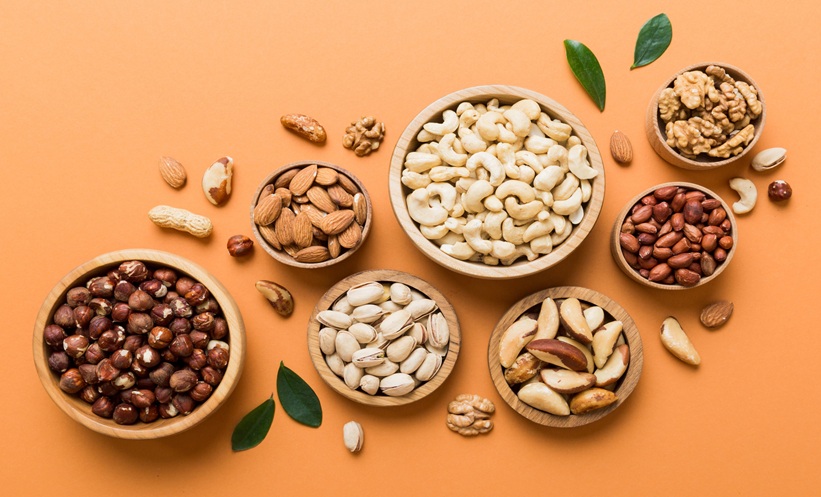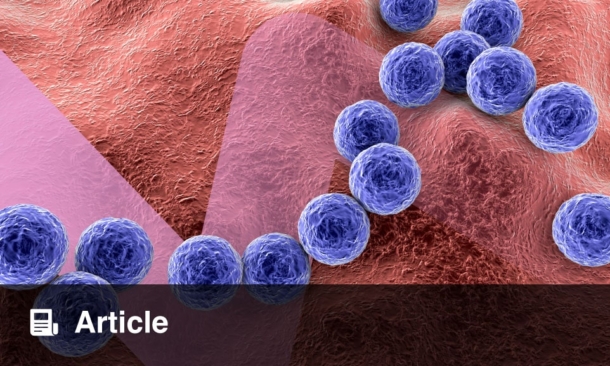A GROWING number of anaphylaxis cases linked to cashew nuts, especially in children, combined with an unexpected frequency of almond-induced reactions in adults, signals a shift in the landscape of tree nut allergies, according to new data from the European Anaphylaxis Registry.
The study, spanning 2007 to 2024, analyzed 1,083 cases of confirmed tree nut-induced anaphylaxis (TIA) from a larger pool of 5,945 food-related reactions. Children made up the bulk of these cases (845), with cashew emerging as the leading cause of TIA in this group (n=334), surpassing traditional triggers like hazelnut (n=211) and walnut (n=146). Notably, cashew-induced anaphylaxis in children was often triggered by minimal exposure, less than one teaspoon in many cases.
Among adults (n=238), hazelnut and walnut remained the most common triggers, but almonds also appeared prominently (n=35), suggesting an evolving allergenic profile that may have previously gone under-recognized. The presence of cofactors, such as exercise, infection, or medication, was significantly higher in adults (50%) compared to children (17%), possibly influencing reaction severity.
Severity of reactions did not differ substantially by age, yet awareness remained low, with only around 1 in 5 patients aware of their allergy prior to the incident. Alarmingly, adrenaline use by bystanders was limited, reported in just 13% of pediatric and 3% of adult cases. Professional administration increased rates to about 40%, but still fell short of guideline-recommended levels.
This registry analysis underscores the rising clinical relevance of cashew in pediatric anaphylaxis and identifies almonds as an underestimated risk in adults. These findings call for heightened awareness, targeted education on acute management, and the inclusion of cashew and almond in routine allergy assessments, especially as dietary habits continue to diversify.
Reference:
Höfer V et al. A Growing Concern for Cashew and an Unexpected Risk From Almonds: Data From the Anaphylaxis Registry. Allergy. 2025. doi: 10.1111/all.16619. [Online ahead of print]








